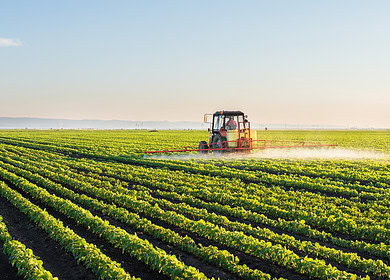Sask Soil Conference focuses on the ways to improve soil quality

The Sask Soil Conference recently highlighted the critical role of soil quality in crop production, emphasizing the foundational importance of soil testing. Soil tests provide essential insights into nutrient availability, serving as a starting point for targeted soil improvement strategies.
A key presentation at the conference, held last week, addressed the challenges and strategies for enhancing soil quality under semi-arid conditions. Troy LaForge, an agronomist and farmer from Cadillac, Saskatchewan, shared his experiences in improving organic soil matter on his farm. When LaForge acquired the land in 2009, it had been minimally fertilized, resulting in low organic matter (1.4%) and phosphorous levels (9 ppm). Over 14 years, LaForge successfully increased the organic matter to 2.2% and significantly raised phosphorous levels, aiming to balance them between 20 and 25 ppm.
LaForge’s approach underscores the importance of a robust organic base for crop support, complemented by additional nutrients to enhance both crop quality and yield. As the head agronomist for Rack Petroleum’s Ultimate Yield Management Institute, LaForge has conducted field-scale research around Unity, Saskatchewan, focusing on soil organic matter and phosphorus levels. The region’s productive fields often exhibit low phosphate levels due to existing management practices.
In 2015, a study initiated by LaForge explored the effects of varying phosphate and potassium levels on crop production over time. The research involved seeding with 37 different rates of phosphorus and potassium, resulting in three distinct soil profiles based on nutrient levels. Follow-up research in 2020, inspired by findings from Nebraska, aimed to understand the productivity implications of different phosphate applications on varying soil phosphorous levels.
This research revealed significant yield variations, highlighting the economic and agronomic benefits of optimal phosphate application. Specifically, a strategy of applying 60 lbs of phosphate per acre was identified as most effective in high-yield environments, balancing cost and productivity.
LaForge’s dual role as an agronomist and farmer in southwest Saskatchewan has positioned him uniquely to apply and validate these soil management practices on his own land, contributing to the broader knowledge of sustainable agriculture in semi-arid regions.
Enjoyed this story?
Every Monday, our subscribers get their hands on a digest of the most trending agriculture news. You can join them too!














Discussion0 comments